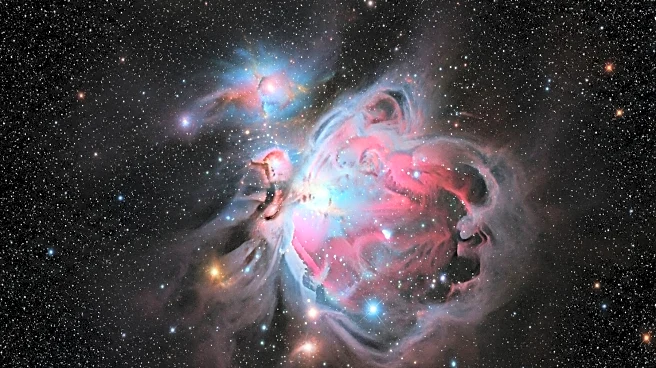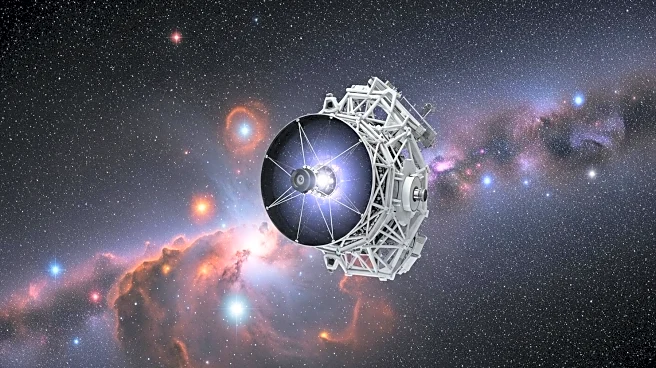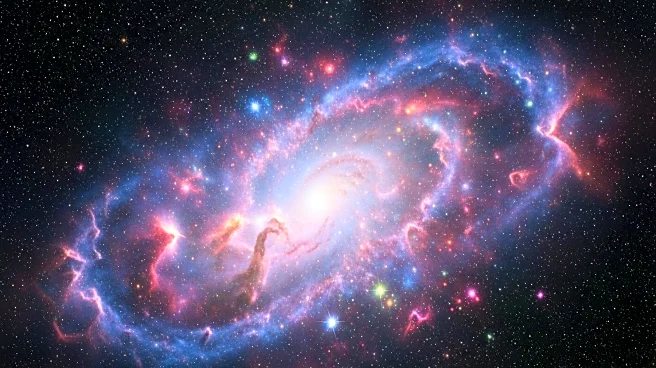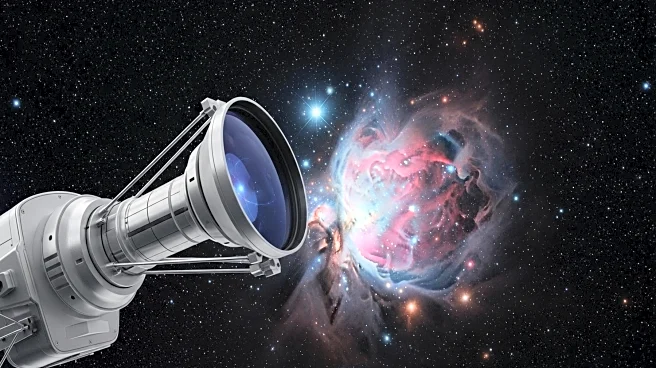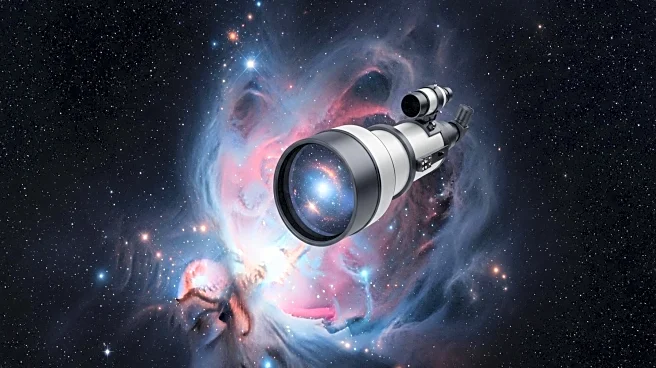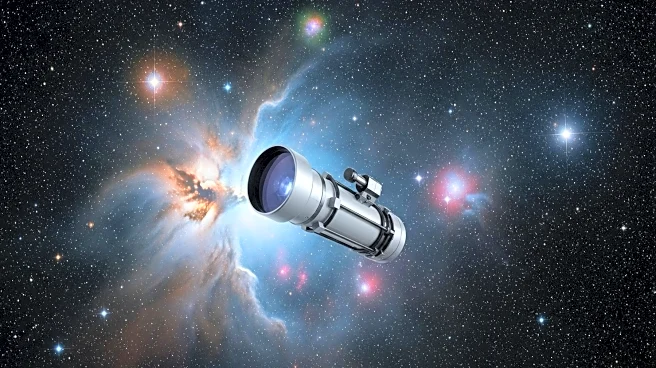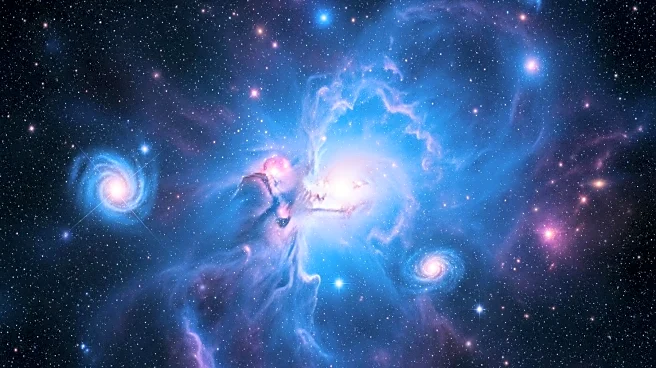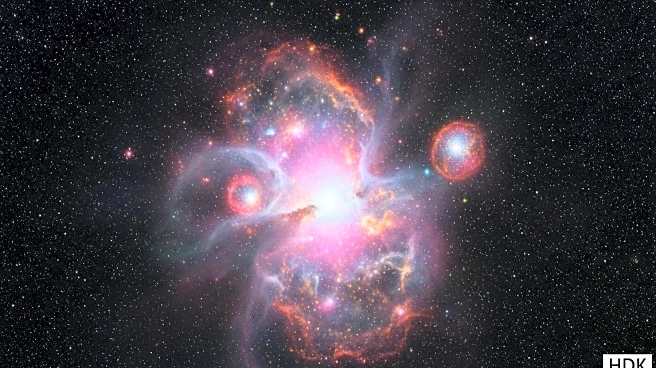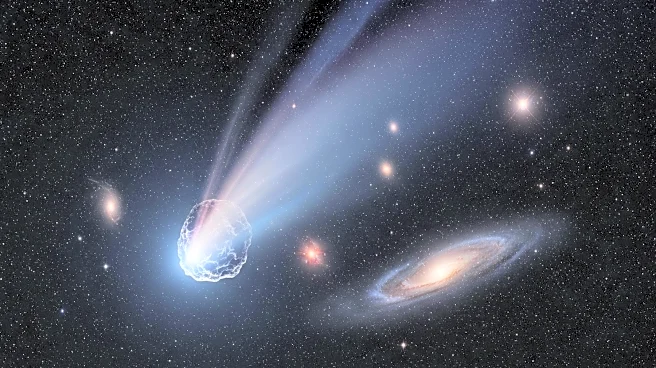What's Happening?
NASA's James Webb Space Telescope has provided unprecedented infrared views of the Sagittarius B2 molecular cloud, located near the Milky Way's central black hole. Despite being a region rich in stellar nurseries, Sagittarius B2 contains only 10% of the gas found in the galactic center, raising questions about the efficiency of star formation. The telescope's observations suggest that magnetic fields and proximity to the central black hole may suppress the collapse of gas necessary for star formation. These findings are reshaping our understanding of galactic evolution and star formation efficiency.
Why It's Important?
The insights from the James Webb Space Telescope are significant for astronomers and astrophysicists as they challenge existing theories about star formation in dense environments. Understanding the factors that inhibit star formation, such as magnetic fields and gravitational influences from nearby black holes, can inform models of galactic evolution. This knowledge is crucial for predicting star formation rates and studying the conditions necessary for planetary formation, which has implications for the search for life beyond Earth.
What's Next?
Future missions using the James Webb Space Telescope will continue to explore similar regions, potentially revealing more about the dynamics of star formation in active galactic nuclei. Collaborations between NASA, ESA, and the Canadian Space Agency aim to leverage Webb's data for simulations of galactic cores, which could refine predictions about star formation rates and influence studies on exoplanet habitability.
Beyond the Headlines
The findings from Sagittarius B2 may have broader implications for understanding the role of magnetic fields in cosmic dynamics. By mapping these fields, astronomers can better understand how they channel gas flows and potentially act as barriers to star formation. This research could lead to advancements in infrared sensor technology, benefiting both space-based and Earth-based observatories.

